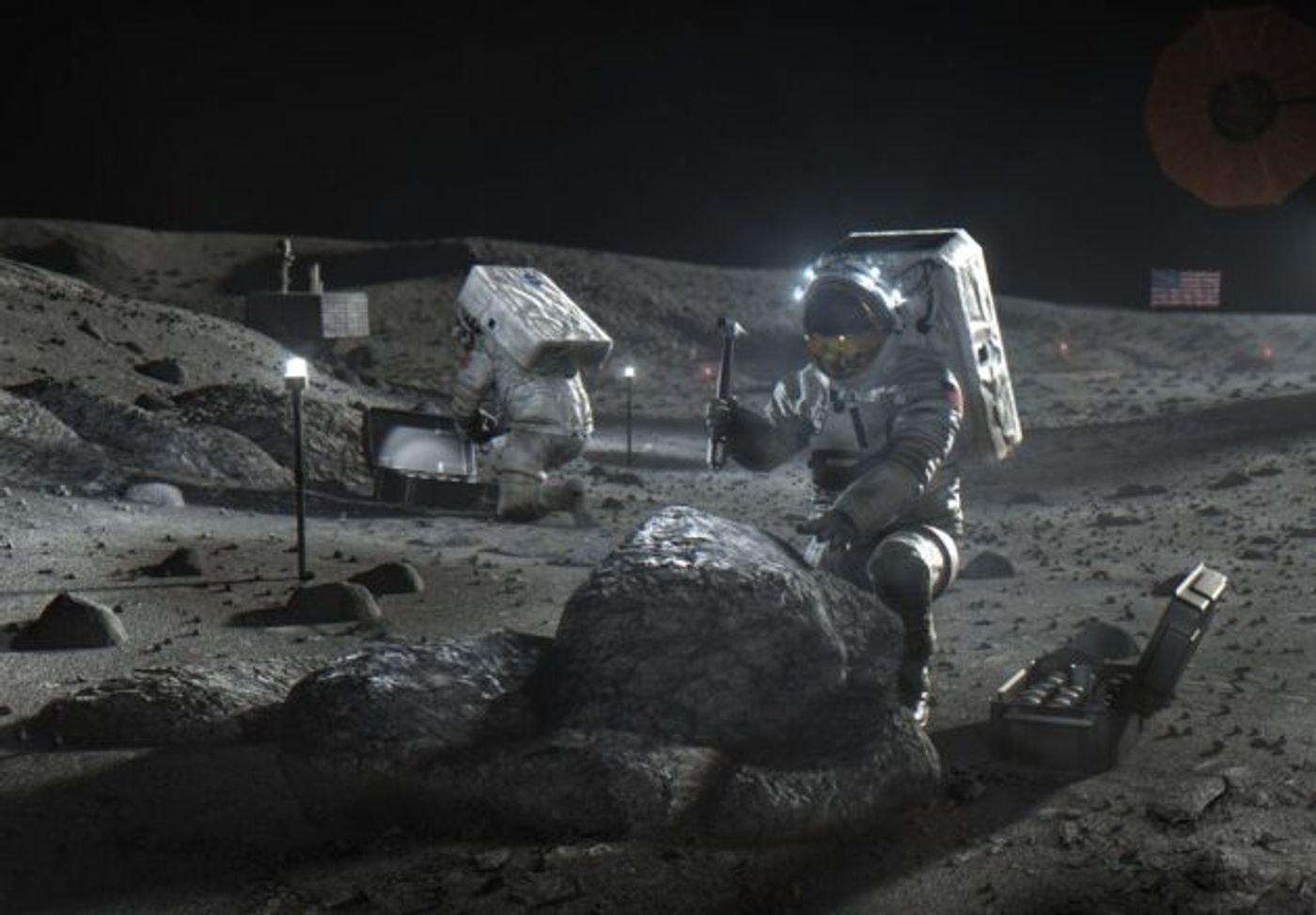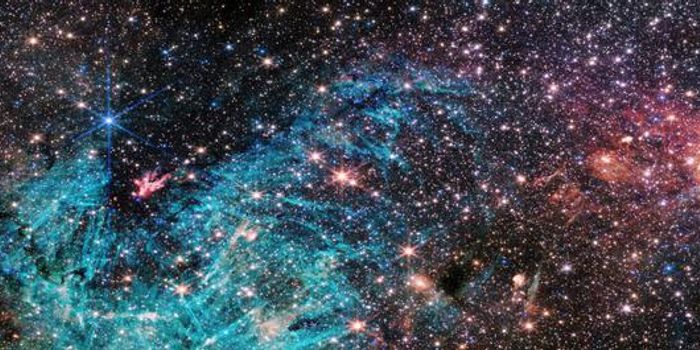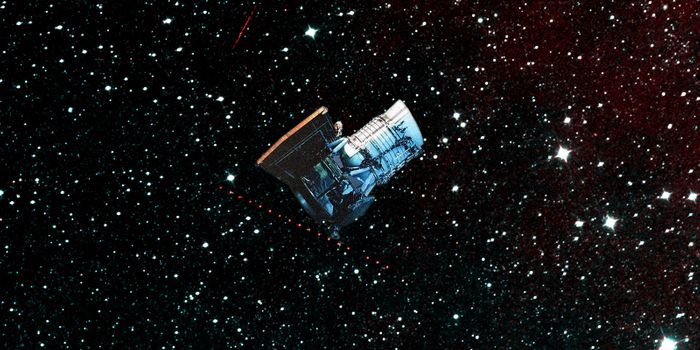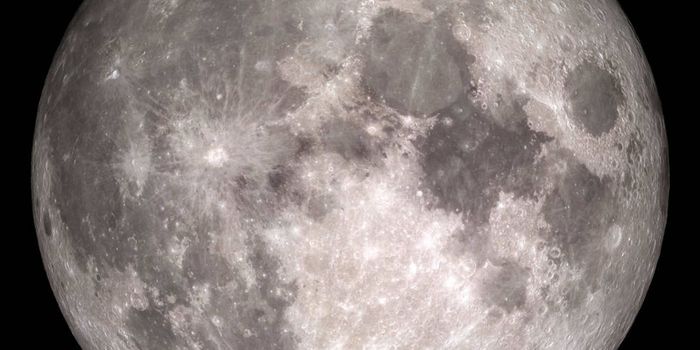NASA Selects Georgia Tech to Lead New Lunar Research Center
On May 11, NASA announced that researchers at Georgia Tech have been awarded $7.5 million to run a new center called the Center for Lunar Environment and Volatile Exploration Research (CLEVER) meant to examine the Moon’s environment and the production and characteristics of lunar volatiles and dust. CLEVER will be led by Dr. Thomas Orlando, who is a professor in Georgia Tech’s School of Chemistry and Biochemistry.
Artwork depicting the research these for the CLEVER center. (Credit: Georgia Institute of Technology)
“The resources and knowledge that CLEVER will produce will be useful for the sustainable presence of humans on the moon,” said Dr. Orlando. “We have the correct mix of fundamental science and exploration—real, fundamental, ground-truth measurements; very good theory/modeling; and engineering—an easy mix with Georgia Tech and outside partners.”
CLEVER is part of NASA’s Solar System Exploration Research Virtual Institute (SSERVI) PROGRAM, succeeds Dr. Orlando’s REVEALS (Radiation Effects on Volatiles and Exploration of Asteroids and Lunar Surfaces) program, which is also part of SSERVI.
Like its predecessor, REVEALS, CLEVER is working to prepare for a sustained human presence on the Moon starting with NASA’s Artemis program, which is slated to land the first woman and person of color on the lunar surface later this decade. The uncrewed Artemis I mission conducted a successful mission around the Moon and back in November 2022. This will be followed by the crewed Artemis II 10-day mission orbiting the Moon in November 2024, and will culminate in the human landing at the south pole of the Moon sometime in 2025.
Artist rendition of future astronauts on the lunar surface. (Credit: NASA)
CLEVER incorporates a myriad of international researchers from the United States, Germany, and Italy. These institutions include NASA Ames, the University of Georgia, Auburn University, the Johns Hopkins University Applied Physics Laboratory, just to name a few.
Along with CLEVER, four other SSERVI teams were selected to examine lunar science, including the Moon’s geological formation and evolution, the formation and evolution of both the Earth and the Moon, and lunar regolith volatile formation:
-
Center for Lunar Origin and Evolution (CLOE)
-
Lunar Structure, Composition, and Processes for Exploration (LunaSCOPE)
-
Center for Advanced Sample Analysis of Astromaterials from the Moon and Beyond (CASA Moon)
-
Research Activities Supporting Science and Lunar Exploration (RASSLE)
“Exploration and science are fundamentally intertwined, and SSERVI continues to strengthen these collaborations,” Dr. Jacob Bleacher, who is the Chief Exploration Scientist within NASA’s Exploration Systems Development Mission Directorate, said in the official NASA statement. “These new teams bring a wealth of expertise that will help us better understand the lunar environment and prepare for human and robotic lunar exploration so we can maximize the science return of Artemis.”
What new discoveries will CLEVER and these other teams make about the Moon, and how will these discoveries assist the Artemis program in the coming years and decades? Only time will tell, and this is why we science!
Sources: NASA, Georgia Tech, NASA (1)
As always, keep doing science & keep looking up!
-
APR 30, 2024Immuno-Oncology Virtual Event Series 2024
-
MAY 07, 20243rd International Biosecurity Virtual Symposium
-
SEP 03, 2024Microbiology Week Virtual Event Series 2024
- See More



















































